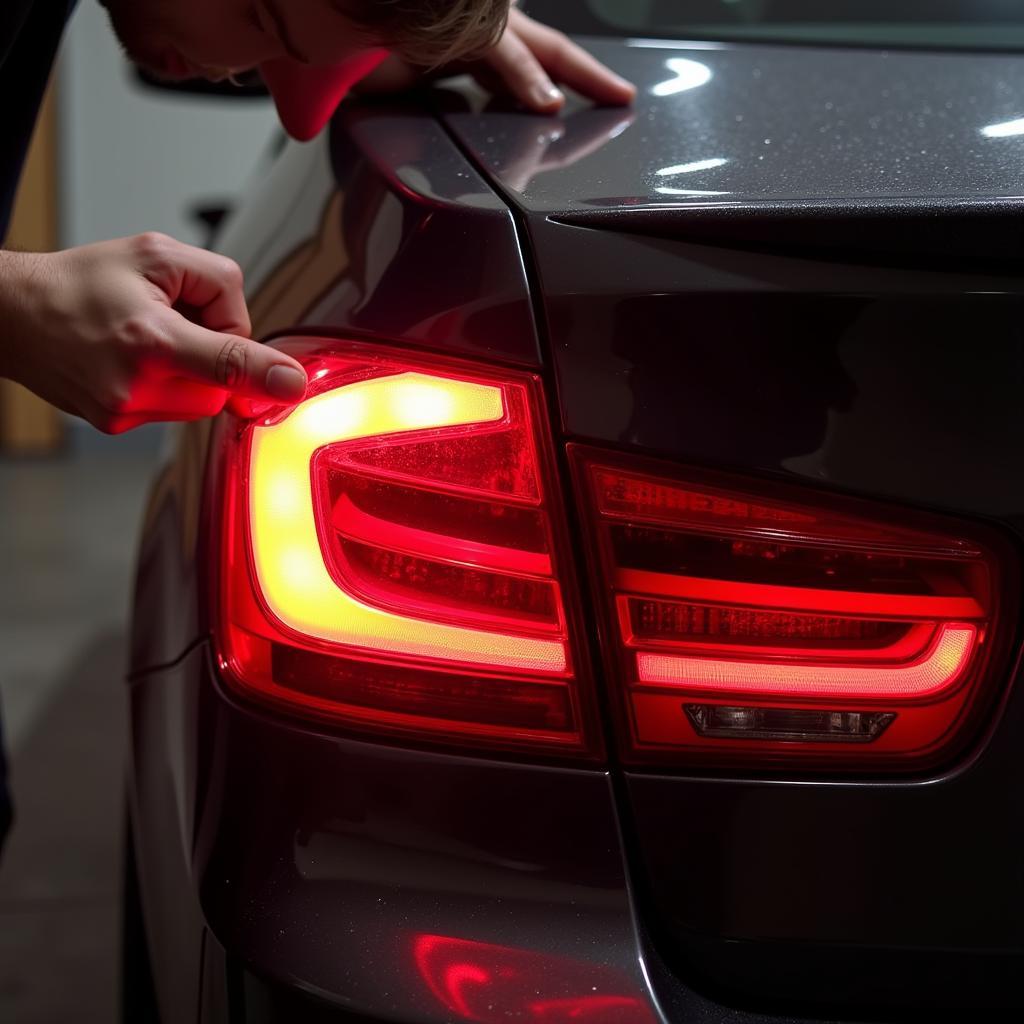Dealing with stubborn anti-theft license plate screws can be frustrating, especially when you need to replace your plate or access the area behind it. This guide will walk you through the process of safely removing these security screws, providing insights into the tools and techniques involved.
Understanding Anti-Theft License Plate Screws
Why are these screws used?
These specialized screws are designed to deter theft by making it significantly harder to remove your license plate. They often feature unique head designs that traditional screwdrivers can’t grip.
Identifying Anti-theft Screws:
Anti-theft screws are easily distinguishable from regular screws. They come in various shapes and sizes, some with unusual drive patterns like a pin in the center or a one-way design allowing installation but preventing removal.
Gathering the Necessary Tools
Before you begin, gather the following tools:
- Specialized Removal Tool: The most effective way to remove these screws is by using a dedicated removal tool designed to fit the specific screw head. These are available online or at auto parts stores.
- Alternative Removal Methods (use with caution):
- Small Drill Bit: In some cases, you might be able to carefully drill out the head of the screw. However, this method requires extreme caution to avoid damaging your license plate or vehicle.
- Locking Pliers: For screws with slightly protruding heads, locking pliers might provide enough grip for removal. Apply firm, even pressure to avoid stripping the screw head.
Step-by-Step Removal Guide
- Identify the Screw Type: Examine your license plate screws to determine the type of head they have. This will help you select the correct removal tool or alternative method.
- Use the Appropriate Tool:
- Specialized Tool: If using a specialized tool, align it with the screw head and apply firm, even pressure while turning counterclockwise to loosen and remove the screw.
- Alternative Method (Drill): If drilling, start with a small pilot hole in the center of the screw head. Gradually increase the drill bit size until the head breaks free. Be extremely cautious to avoid damaging your license plate or vehicle.
- Alternative Method (Locking Pliers): Clamp the locking pliers onto the screw head as securely as possible. Apply firm, even pressure while turning counterclockwise to loosen and remove the screw.
- Repeat for All Screws: Carefully remove all anti-theft screws securing your license plate.
- Replace with Standard Screws (Optional): Once removed, consider replacing the anti-theft screws with standard screws for easier future access, unless security is a major concern.
Frequently Asked Questions
Q: Where can I find the right removal tool for my specific screws?
A: Auto parts stores or online retailers specializing in automotive tools are your best bet. Consider bringing one of your screws to the store to ensure you purchase the correct tool.
Q: Can I reuse anti-theft license plate screws?
A: While some types might be reusable, it’s generally recommended to use new screws for optimal security.
Q: What if I’ve stripped the screw head and can’t remove it?
A: In this case, it’s best to consult a professional mechanic or auto locksmith. They have specialized tools and expertise to handle such situations without causing further damage.
Q: Are there any preventative measures to avoid future issues with anti-theft screws?
A: Applying a small amount of anti-seize lubricant to the screw threads during installation can make future removal easier.
Q: Can diagnostic software like those offered by Cardiagtech help me understand why my license plate lights aren’t working?
A: Yes, advanced diagnostic tools offered by companies like CARDIAGTECH can help identify electrical issues, including problems with your license plate lights, by reading your vehicle’s fault codes. These tools provide valuable information that can assist in troubleshooting and repair.

